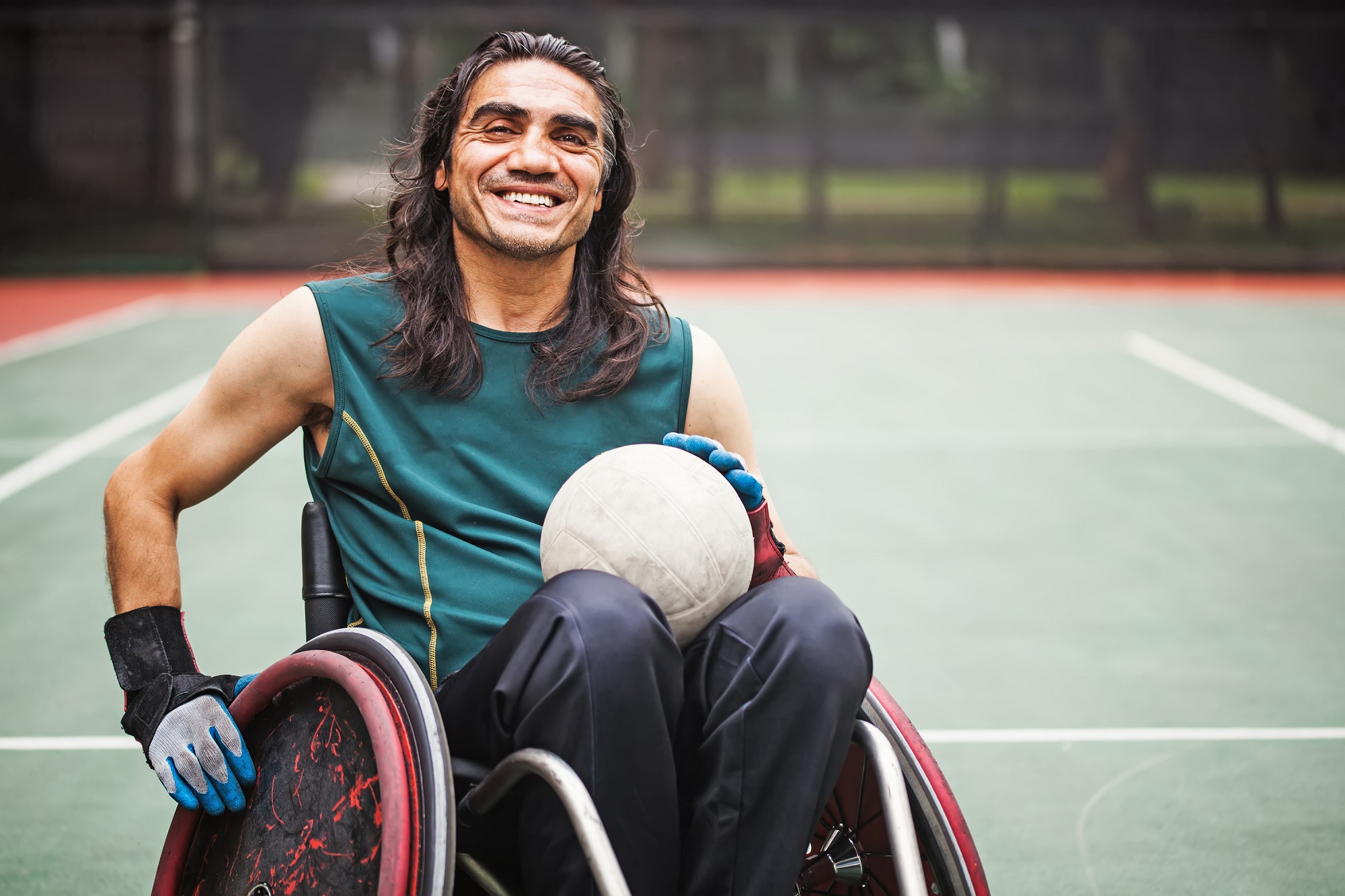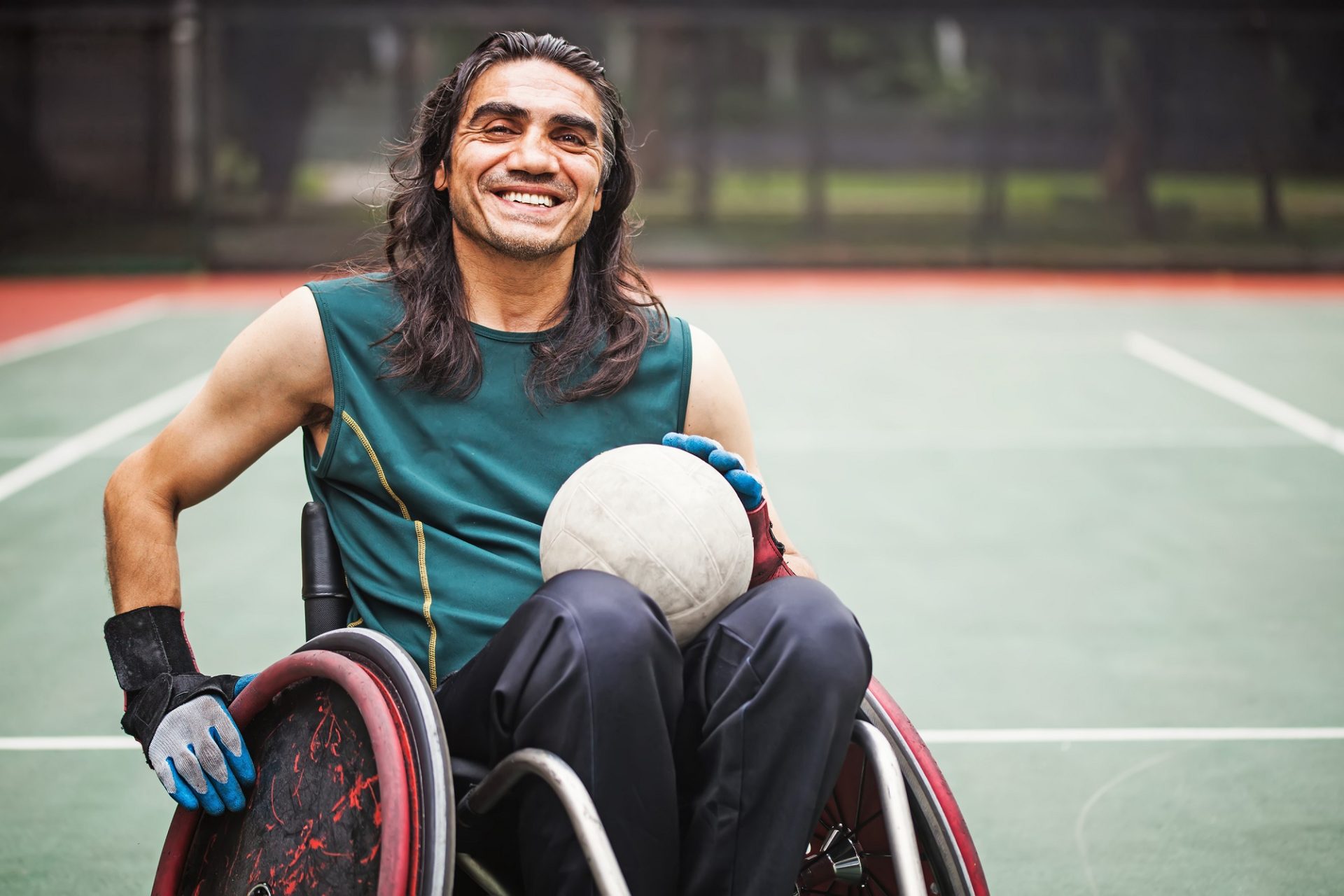The spinal cord is the pathway through which the brain sends and receives information to the rest of the body. Spinal cord injury (SCI) results from trauma (e.g., motor vehicle accidents or falls) and can cause three types of impairments: completely paralysed or very weak muscles; reduced or absent feeling; and impaired autonomic functions such as reduced sweating or low blood pressure.
The functions that are impaired and how much they are impaired are determined by two things:
- How high the injury is. The closer the injury is to the brain then the more function is impaired. Tetraplegia (preferred to the term ‘quadriplegia’) refers to injuries in the neck region and typically results in impairments of arm, trunk and leg function. Paraplegia refers to injury below the neck and while trunk and leg function is impaired, arm function is typically normal.
- The completeness of the injury. When an injury does not damage the full thickness of the spinal cord, some connections with the brain remain intact and some function can be preserved below the level of the injury. The amount of function preserved is highly variable, even for people with injuries at the same level.
In Australia, over 20,000 people are living with SCI. Almost one quarter (23%) of people with an SCI are under 35 years old, and the vast majority are aged under 65.
Men are more likely to incur an SCI, with approximately 70% of new incidences reported in male patients. 42% of people living with an SCI are classified as tetraplegic.

THE BENEFITS OF EXERCISE
People with mobility impairments, including people with SCI, are among the most physically inactive members of society. This profound physical inactivity is very harmful for health, fitness and function, and compounds the consequences of SCI.
Exercise can help to improve the quality of life of those living with SCI. Exercise interventions can enhance functional independence (e.g., the ability to push around their community without help or get out of their wheelchair and into bed or into a car) and can also decrease levels of depression and anxiety.
Aerobic exercise (e.g., wheelchair pushing, hand cycling, or swimming) improves cardiorespiratory fitness, reduces the risk of cardiovascular disease and may reduce the incidence of urinary tract infections.
Strength training improves strength of non-paralysed muscles and may improve strength of partially-paralysed muscles.
Exercise interventions that avoid painful movements and include specific upper-limb strengthening can also reduce shoulder pain, a common problem for manual wheelchair users.
TYPES OF EXERCISE RECOMMENDED
The effects of SCI vary enormously. Some people can walk and live independently, while others require a motorised chair and personal support for activities of daily living. Therefore, specific exercise prescriptions that apply to all people with SCI are not possible.
However, in general, people with SCI should:
- be as physically active as they can be, aiming to accrue at least 30 minutes of moderate intensity aerobic activity on most or all days of the week, and
- they should also include strength training for major muscle groups and flexibility training for their major joints.
Exercise intensity and duration should start low and increase gradually, particularly for those with tetraplegia or a history of low blood pressure. Short Interval training (5 minutes work followed by full physiological recovery) at low intensity may assist the very unfit to accumulate sufficient aerobic duration.

SPEAK TO THE EXERCISE PROFESSIONALS
Because each SCI is so individualised, tailored exercise prescription is often needed to ensure the individual is moving safely and getting the most out of their training. Accredited Exercise Physiologists are uniquely qualified to support people living with SCIs to enhance function, improve their fitness and improve their quality of life.
Click here to find an Accredited Exercise Physiologist near you.
,


